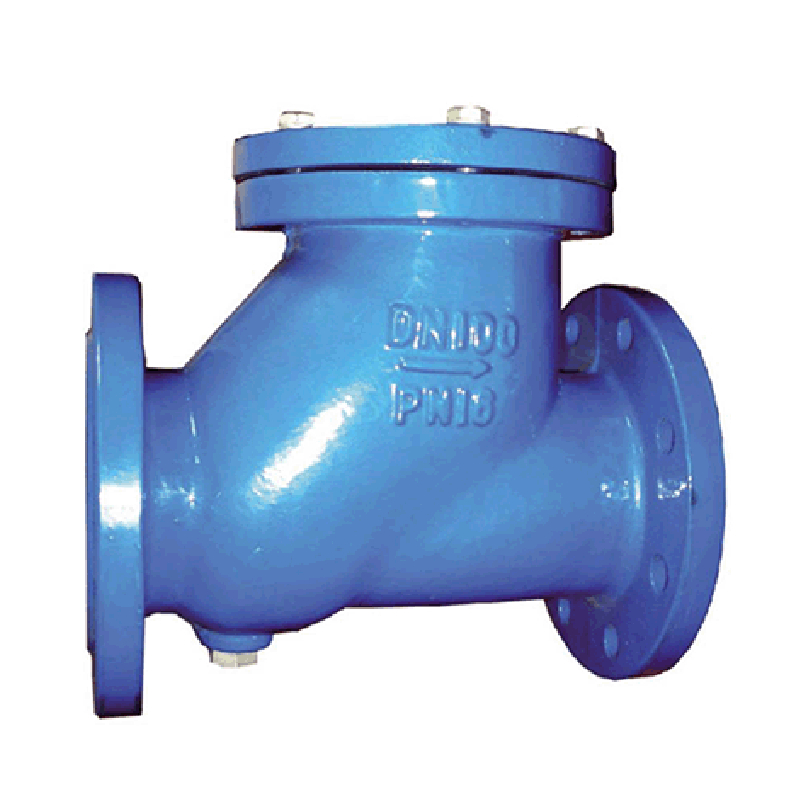డిసెం . 26, 2024 00:58 Back to list
Flanged Butterfly Valve Selection and Installation Guide for Efficient Flow Control
Flange Butterfly Valve A Comprehensive Overview
Butterfly valves have become an essential component in various industries due to their unique design, ease of use, and efficiency in regulating flow. Among the different types of butterfly valves, the flange butterfly valve stands out as a popular choice for many applications. This article delves into the characteristics, advantages, applications, and maintenance of flange butterfly valves.
What is a Flange Butterfly Valve?
A flange butterfly valve is a quarter-turn rotational valve that features a disc mounted on a shaft. The disc is positioned in the center of the pipeline, and when the valve is operated, the disc rotates to either allow or restrict the flow of fluid. The term flange refers to the flange connections on the valve, which allow for easier installation and compatibility with various piping systems. The valve is typically used in applications that require quick opening and closing, making it ideal for controlling the flow of liquids or gases.
Design Features
Flange butterfly valves are designed with a few critical components that contribute to their functionality
1. Disc The disc is the heart of the valve and can be made from various materials, including stainless steel, cast iron, or plastic, depending on the application and the type of fluid being handled.
2. Shaft The shaft connects the disc to the actuator (manual or automatic) and allows for the rotation of the disc. In some designs, the shaft is equipped with bearings to reduce friction and wear.
3. Body The body of the valve, which houses the disc and shaft, is designed to withstand pressure from the fluid while maintaining structural integrity.
4. Seals Seals are critical for ensuring a leak-free operation. Various types of seals can be used, such as EPDM, Viton, or PTFE, depending on the requirements of the application and the type of fluid.
5. Flanges The flanges on the valve allow it to be securely bolted to the piping system, providing stability and preventing leaks.
Advantages of Flange Butterfly Valves
flange butterfly valve

2. Low Pressure Drop Due to their design, these valves can provide a low-pressure drop, which makes them suitable for systems where pressure loss is a concern.
3. Quick Operation The quarter-turn operation allows for fast opening and closing, enabling effective flow control in processes where timing is critical.
4. Cost-Effective Flange butterfly valves are generally more affordable than other valve types, especially when considering their versatility and durability.
5. Minimal Maintenance With their simple design, flange butterfly valves require minimal maintenance, making them a practical choice for many operations.
Applications
Flange butterfly valves are widely used in various sectors, including
- Water Treatment They are employed to regulate the flow of water in treatment plants and distribution systems. - Oil and Gas In the upstream and downstream processes, these valves control the flow of crude oil, natural gas, and other hydrocarbons. - Chemical Industries They manage the flow of aggressive chemicals and fluids in processing plants due to their robust materials. - HVAC Systems In heating, ventilation, and air conditioning applications, flange butterfly valves control air and water flow. - Food and Beverage They are used in food processing due to their sanitary designs and the availability of food-grade materials.
Maintenance and Best Practices
To ensure the longevity and reliability of flange butterfly valves, regular maintenance is recommended. Here are some best practices
- Routine Inspections Periodically check the valve for leaks and wear, as well as the condition of the seals and the disc. - Lubrication If the valve is equipped with a manual actuator, ensure the shaft and bearings are lubricated to prevent friction-related wear. - Cleaning Keep the valve clean to prevent the accumulation of debris that could hinder its operation. - Temperature and Pressure Checks Regularly monitor the operating conditions to ensure they remain within the valve’s specifications.
Conclusion
Flange butterfly valves offer numerous advantages, making them a significant choice across various industries. Their space efficiency, low-pressure drop, quick operation, and cost-effectiveness make them invaluable in managing fluid flow. By understanding their design features and following proper maintenance practices, industries can effectively utilize these valves to enhance operational efficiency and reliability.
Share